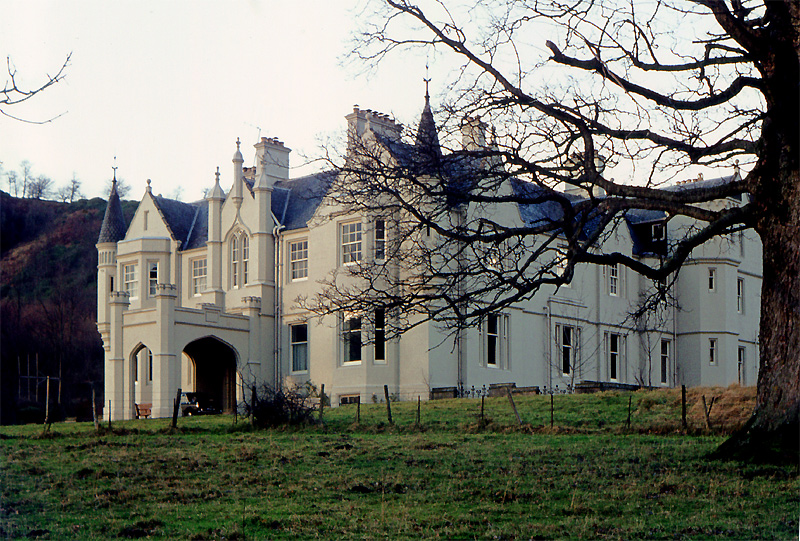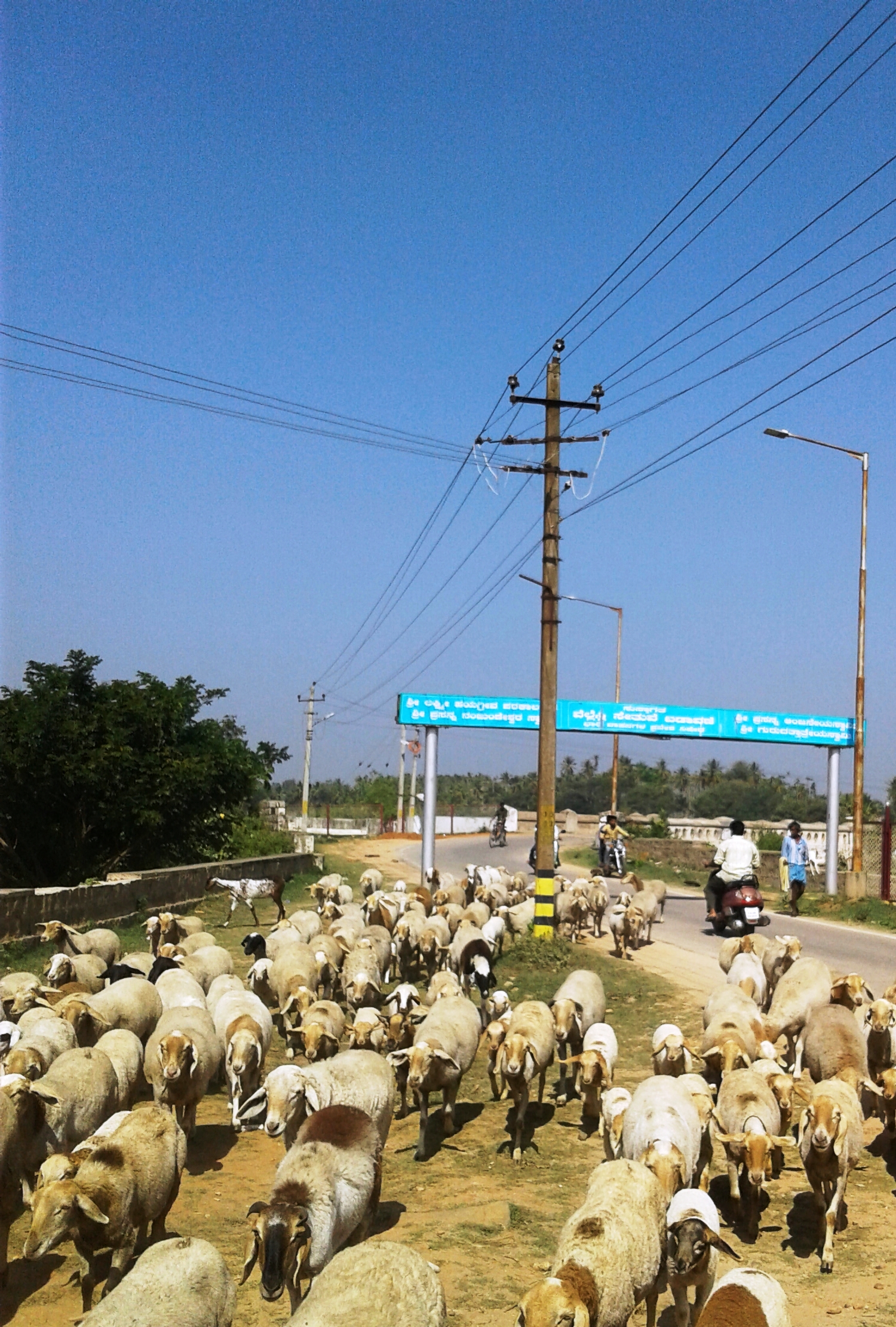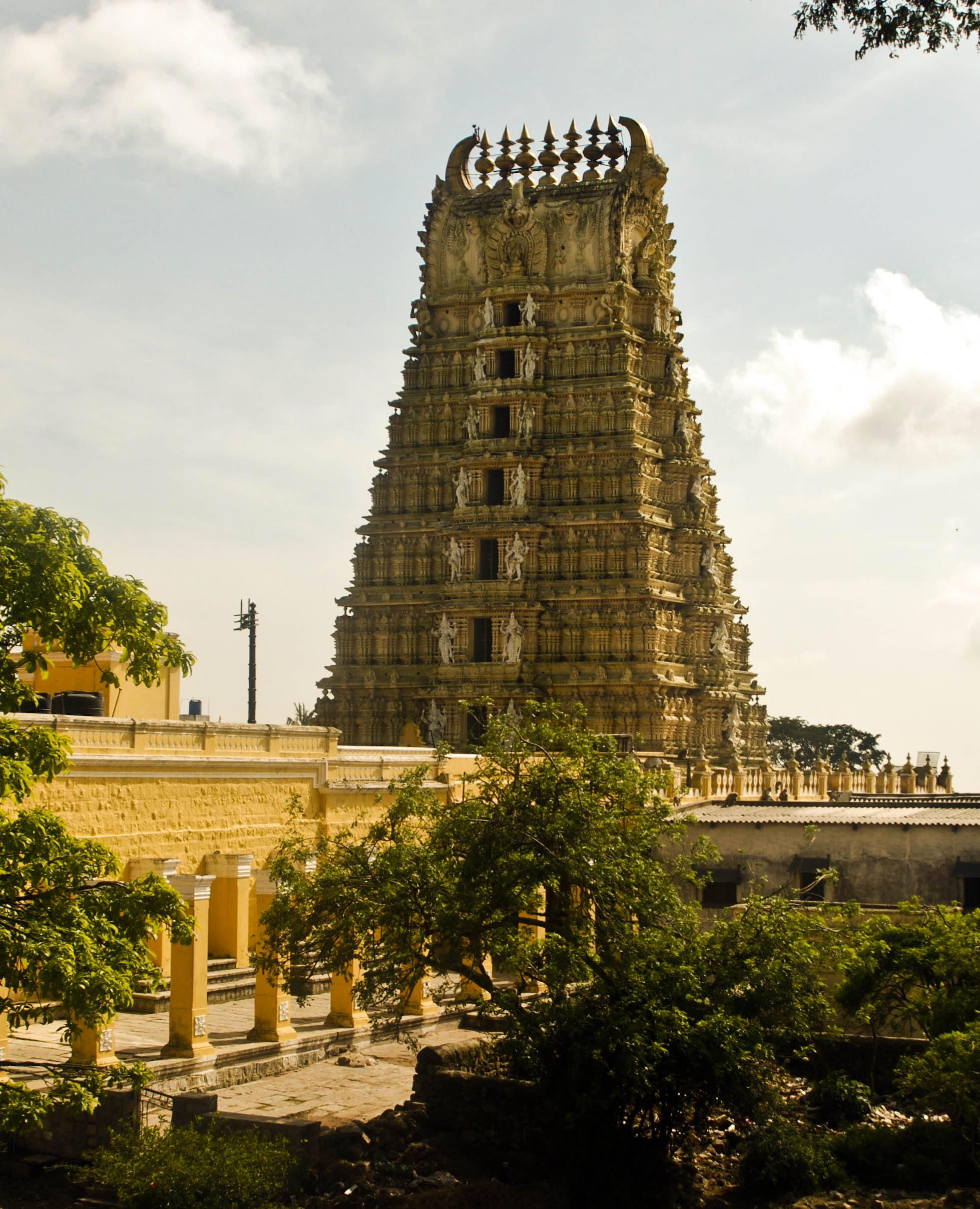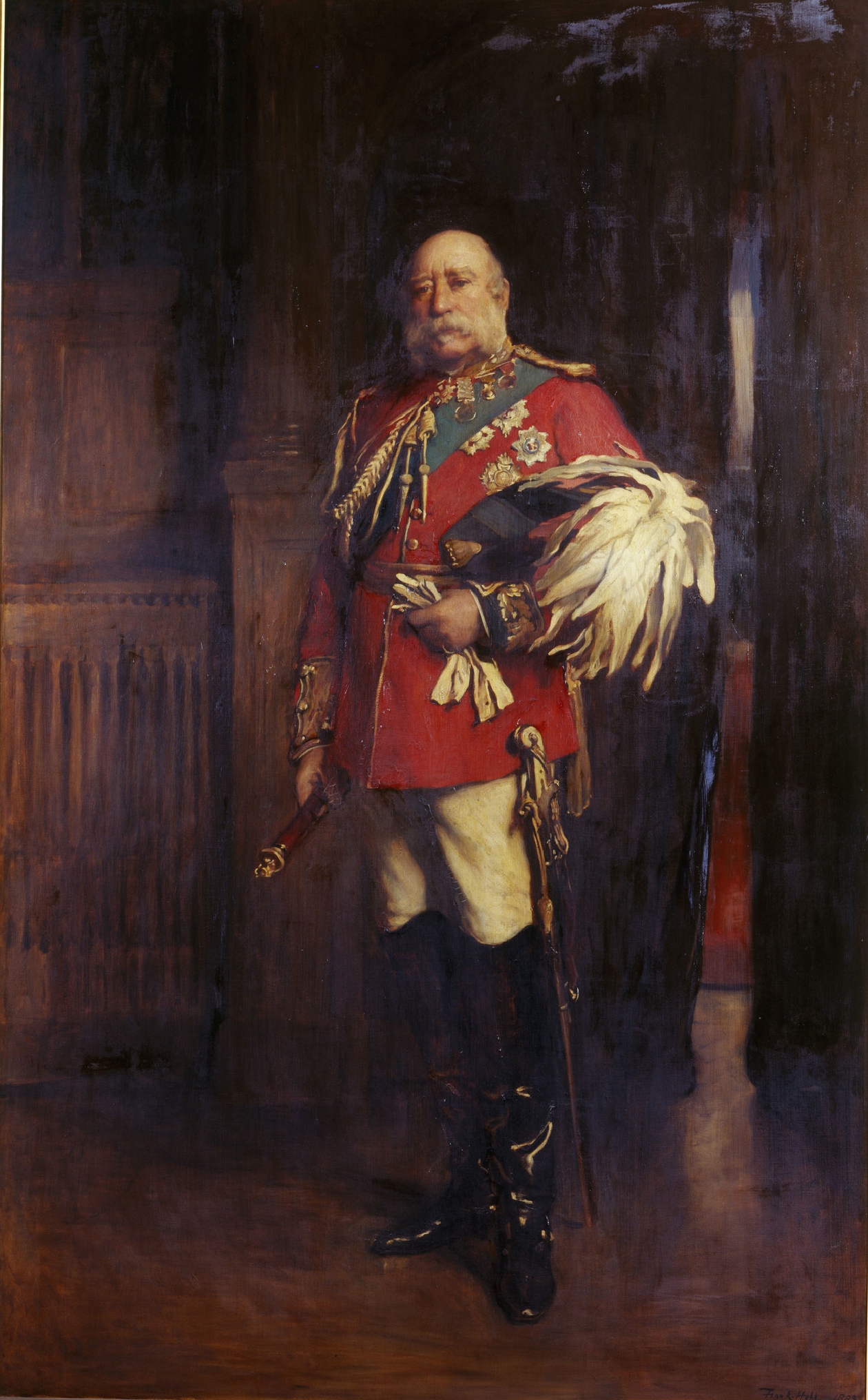|
Sir Archibald Campbell, 1st Baronet
General Sir Archibald Campbell, 1st Baronet (12 March 1769 – 6 October 1843) was a Scottish soldier who served as an officer in the British Army. From 1824 to 1826, Gen. Campbell commanded the British forces in the First Anglo-Burmese War, the longest and most expensive war in British Indian history, that gave the British control of Assam, Manipur, Cachar, Jaintia, Arakan and Tenasserim. He became known as the "Hero of Ava". From 1831 to 1837, he was the administrator of the colony of New Brunswick, Canada. The Canadian city of Campbellton in the province of New Brunswick was named in his honour. Early life Archibald was born 12 March 1769, at Glen Lyon, Perthshire, and educated at Tonbridge School, Kent, England. He was the third son of Captain Archibald Campbell and his wife Margaret Small of Dirnanean, daughter of Captain James Small, factor of the forfeited estates of the Robertsons of Struan. Archibald was a descendant of the Robertsons through his maternal gr ... [...More Info...] [...Related Items...] OR: [Wikipedia] [Google] [Baidu] |
Factor (Scotland)
In Scotland a factor (or property manager) is a person or firm charged with superintending or managing properties and estates—sometimes where the owner or landlord is unable to or uninterested in attending to such details personally, or in tenements in which several owners of individual flats contribute to the factoring of communal areas. Factors can be found in solicitors firms, employed by chartered surveyors, property companies and building firms. Property factoring has a wide range of responsibilities and roles. Typically, a person would encounter a factor when renting property or subcontracting for a building firm. Duties Dealing with the property A factor could also be expected to deal with property repair, maintenance, cleaning, landscaping and snow removal, to be coordinated with the Landlord's wishes. Such arrangements may require the factor to collect rents, service charges and pay necessary expenses and taxes, making periodic reports to the owner, or the owner ... [...More Info...] [...Related Items...] OR: [Wikipedia] [Google] [Baidu] |
Fort Emmanuel
Fort Emmanuel, also known as Fort Manuel, is a ruined fort located at Fort Kochi Beach in Kochi (Cochin), Kerala, India. It is a bastion of the Portuguese and a symbol of the strategic alliance between the Maharaja of Kochi and the Kingdom of Portugal The Kingdom of Portugal ( la, Regnum Portugalliae, pt, Reino de Portugal) was a monarchy in the western Iberian Peninsula and the predecessor of the modern Portuguese Republic. Existing to various extents between 1139 and 1910, it was also kno .... Named after Manuel I of Portugal, it was the first European Portuguese fort in Asia.Logan, William. ''Malabar''. District Manual. Asian Educational Services, 1887. History In September 1503 the chief of Kochi granted permission to Afonso de Albuquerque to build Fort Emmanuel near the waterfront of the Arabian Sea. The construction was commenced on 26 September, and "it took the shape of a square with flanking bastions at the corners mounted with ordnance". The walls we ... [...More Info...] [...Related Items...] OR: [Wikipedia] [Google] [Baidu] |
Seringapatam
Srirangapatna is a town and headquarters of one of the seven Taluks of Mandya district, in the Indian State of Karnataka. It gets its name from the Ranganthaswamy temple consecrated at around 984 CE. Later, under the British rule the city was renamed to Seringapatnam. Located near the city of Mandya, it is of religious, cultural and historic importance. The monuments on the island town of Srirangapatna have been nominated as a UNESCO World Heritage Site, and the application is pending on the tentative list of UNESCO. History Srirangapatna has since time immemorial been an urban center and place of pilgrimage. During the Vijayanagar empire, it became the seat of a major viceroyalty, from where several nearby vassal states of the empire, such as Mysore and Talakad, were overseen. When perceiving the decline of the Vijayanagar empire, the rulers of Mysore ventured to assert independence, Srirangapatna was their first target. Raja Wodeyar I vanquished Rangaraya, the then vic ... [...More Info...] [...Related Items...] OR: [Wikipedia] [Google] [Baidu] |
Mysore
Mysore (), officially Mysuru (), is a city in the southern part of the state of Karnataka, India. Mysore city is geographically located between 12° 18′ 26″ north latitude and 76° 38′ 59″ east longitude. It is located at an altitude of above mean sea level. Mysore is situated at the foothills of Chamundi Hills about towards the southwest of Bangalore and spread across an area of . Mysore City Corporation is responsible for the civic administration of the city, which is also the headquarters of Mysore district and Mysore division. It served as the capital city of the Kingdom of Mysore for nearly six centuries from 1399 until 1956. The Kingdom was ruled by the Wadiyar dynasty, with a brief period of interregnum in the late 18th century when Hyder Ali and Tipu Sultan were in power. The Wadiyars were patrons of art and culture. Tipu Sultan and Hyder Ali also contributed significantly to the cultural and economic growth of the city and the state by planting ... [...More Info...] [...Related Items...] OR: [Wikipedia] [Google] [Baidu] |
Tipu Sultan
Tipu Sultan (born Sultan Fateh Ali Sahab Tipu, 1 December 1751 – 4 May 1799), also known as the Tiger of Mysore, was the ruler of the Kingdom of Mysore based in South India. He was a pioneer of rocket artillery.Dalrymple, p. 243 He introduced a number of administrative innovations during his rule, including a new coinage system and calendar, and a new land revenue system, which initiated the growth of the Mysore silk industry. He expanded the iron-cased Mysorean rockets and commissioned the military manual '' Fathul Mujahidin''. He deployed the rockets against advances of British forces and their allies during the Anglo-Mysore Wars, including the Battle of Pollilur and Siege of Srirangapatna. Tipu Sultan and his father used their French-trained army in alliance with the French in their struggle with the British, and in Mysore's struggles with other surrounding powers: against the Marathas, Sira, and rulers of Malabar, Kodagu, Bednore, Carnatic, and Travancore ... [...More Info...] [...Related Items...] OR: [Wikipedia] [Google] [Baidu] |
77th (East Middlesex) Regiment Of Foot
The 77th (East Middlesex) Regiment of Foot (The Duke of Cambridge's Own) was a line regiment of the British Army, raised in 1787. Under the Childers Reforms it amalgamated with the 57th (West Middlesex) Regiment of Foot to form the Duke of Cambridge's Own (Middlesex Regiment) in 1881. History Formation The regiment was raised by General James Marsh for service in India due to fears that war with France was imminent as the 77th (Hindoostan) Regiment of Foot in October 1787. In accordance with the Declaratory Act 1788 the cost of raising the regiment was recharged to the British East India Company on the basis that the act required that expenses "should be defrayed out of the revenues" arising there. First assembled in Dover in early 1788, the regiment arrived in India in August 1788, and saw action at the siege of Seringapatam in February 1792 in the Third Anglo-Mysore War and the capture of the Dutch settlements in Ceylon in 1795. It also saw action at the Battle of Seedas ... [...More Info...] [...Related Items...] OR: [Wikipedia] [Google] [Baidu] |
Ensign (rank)
Ensign (; Late Middle English, from Old French (), from Latin (plural)) is a junior rank of a commissioned officer in the armed forces of some countries, normally in the infantry or navy. As the junior officer in an infantry regiment was traditionally the carrier of the ensign flag, the rank acquired the name. This rank has generally been replaced in army ranks by second lieutenant. Ensigns were generally the lowest-ranking commissioned officer, except where the rank of subaltern existed. In contrast, the Arab rank of ensign, لواء, '' liwa''', derives from the command of units with an ensign, not the carrier of such a unit's ensign, and is today the equivalent of a major general. In Thomas Venn's 1672 ''Military and Maritime Discipline in Three Books'', the duties of ensigns are to include not only carrying the color but assisting the captain and lieutenant of a company and in their absence, have their authority. "Ensign" is ''enseigne'' in French, and '' chorąży'' i ... [...More Info...] [...Related Items...] OR: [Wikipedia] [Google] [Baidu] |
Logierait
Logierait ( gd, Lag an Ratha - 'Hollow of the arth-Walled Fort/Enclosure') is a village and parish in Atholl, Scotland. It is situated at the confluence of the rivers Tay and Tummel, west of the A9 road in Perth and Kinross. Nearby was an ancient ash tree, the Dule Tree of the district from which thieves and murderers were hanged. Above the village is the site of a major early royal castle, perhaps the 'rath' of the place-name, still marked by a large ditch. This was probably the seat or ''caput'' of the mormaers of Atholl. The ancient promontory fort is marked by a huge 'Celtic' cross, a monument to the 6th Duke of Atholl (1814–1864). The church is of early Christian origin, as shown by the presence of two Pictish cross-slabs: one in the churchyard, discovered in or before 1878; the other, identified in 1989, in the church. Both are classified as Class II Pictish stones (dressed stones, relief carving). The church's dedication is to Coeddi, Bishop of Iona in the early ... [...More Info...] [...Related Items...] OR: [Wikipedia] [Google] [Baidu] |
Loch Rannoch
Loch Rannoch (Scottish Gaelic: ''Loch Raineach'') is a freshwater loch in Perth and Kinross, Scotland. It is over long in a west–east direction with an average width of about , and is deepest at its eastern end, reaching a depth of . Tom Weir. ''The Scottish Lochs''. pp. 69-75. Published by Constable and Company, 1980. The River Tummel begins at its eastern end, where the small village of Kinloch Rannoch can be found, whilst the wild expanse of Rannoch Moor extends to the west of the loch. The area surrounding Loch Rannoch, along with Rannoch Moor itself, was formerly part of the native Caledonian Forest that stretched across much of Northern Scotland. Native forest is now largely absent from much of the area, due partly to logging, and partly to the climate becoming wetter, and Loch Rannoch is now largely surrounded by commercial forestry and open hillsides,Ordnance Survey. ''Landranger'' 1:50000 Sheet 42. Glen Garry and Loch Rannoch. although a small area remains at the ... [...More Info...] [...Related Items...] OR: [Wikipedia] [Google] [Baidu] |
Lieutenant Governor Of Guernsey
The Lieutenant Governor of Guernsey is the representative of the British monarch in the Guernsey, Bailiwick of Guernsey, a Crown dependency of the British Crown. The role of the Lieutenant Governor is to act as the ''de facto'' head of state in Guernsey and as liaison between the governments of Guernsey and the United Kingdom. The holder of this office is also ex officio a member of the States of Guernsey but may not vote and, by convention, speaks in the Chamber only on appointment and on departure from post. The duties are primarily diplomatic and ceremonial. He has the authority to appointment two members of the board of governors of Elizabeth College, Guernsey, Elizabeth College and the Priaulx Library. The Lieutenant Governor has his own flag in Guernsey, the Union Flag defaced with the Bailiwick's coat of arms. History The Crown appointed Wardens or Keepers to represent its interests in the Channel Islands. After 1473 separate Wardens were appointed for Guernsey and Jerse ... [...More Info...] [...Related Items...] OR: [Wikipedia] [Google] [Baidu] |
American Revolutionary War
The American Revolutionary War (April 19, 1775 – September 3, 1783), also known as the Revolutionary War or American War of Independence, was a major war of the American Revolution. Widely considered as the war that secured the independence of the United States, fighting began on April 19, 1775, followed by the Lee Resolution on July 2, 1776, and the Declaration of Independence on July 4, 1776. The American Patriots were supported by the Kingdom of France and, to a lesser extent, the Dutch Republic and the Spanish Empire, in a conflict taking place in North America, the Caribbean, and the Atlantic Ocean. Established by royal charter in the 17th and 18th centuries, the American colonies were largely autonomous in domestic affairs and commercially prosperous, trading with Britain and its Caribbean colonies, as well as other European powers via their Caribbean entrepôts. After British victory over the French in the Seven Years' War in 1763, tensions between the motherla ... [...More Info...] [...Related Items...] OR: [Wikipedia] [Google] [Baidu] |







